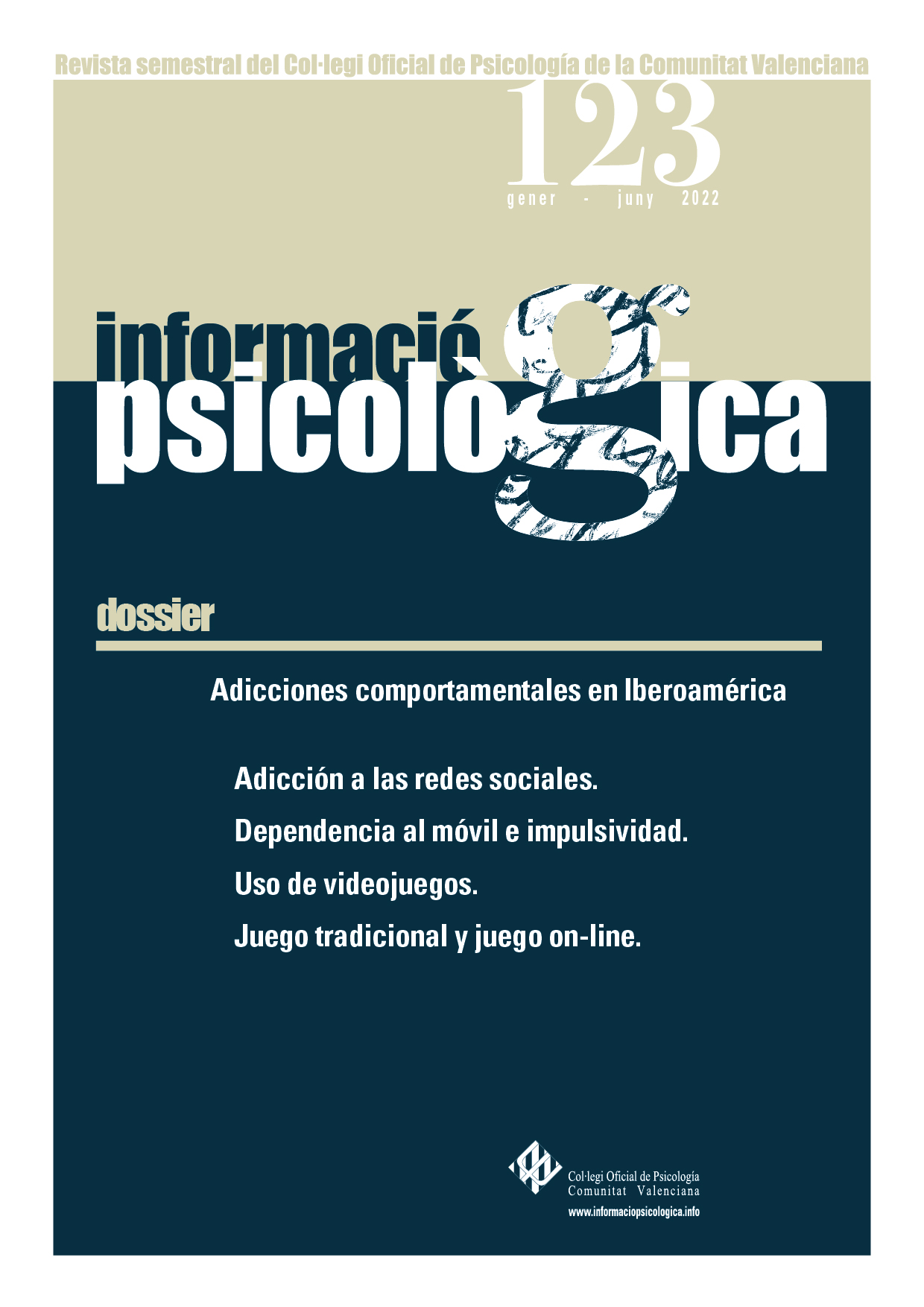Social networks addiction and loneliness in university students from Lima
DOI:
https://doi.org/10.14635/IPSIC.1926Abstract
The study links to social networks addiction and loneliness in university students from Metropolitan Lima. 146 students from private universities in Lima participated, 56.1% were women, between 18 and 30 years old (M=23). The Social Network Addiction Questionnaire (SNA) and the De Jong Gierveld Loneliness Scale were applied. The results indicate that addiction to social networks correlates positively with loneliness, although the dimension lack of control in the use of social network and social loneliness do not reach the level of significance; calculating the strength of de correlations finds that they are relatively low. As soon as the variables are compared by gender, significant differences were only found in the dimension lack of control in the use social networks of the SNA, but not in the other dimension of both instruments. It was found that the most used application is Instagram, that the most used devises are the Smartphone and the laptop and that a little more than 60% of the participants spend more than three hours connected to the internet and social networks daily.
Downloads
References
Por favor considerar en el orden de los autores
Vieira, M., Manzanares, E. y Salas-Blas, E. (...)
Downloads
Published
How to Cite
Issue
Section
License
Nota de Copyright-Los autores que publican en esta revista están de acuerdo con los siguientes términos:
Los autores conservan los derechos de autor y garantizan a la revista el derecho de ser la primera publicación del trabajo al igual que licenciado bajo una Creative Commons Attribution License que permite a otros compartir el trabajo con un reconocimiento de la autoría del trabajo y la publicación inicial en esta revista.
Los autores pueden establecer por separado acuerdos adicionales para la distribución no exclusiva de la versión de la obra publicada en la revista (por ejemplo, situarlo en un repositorio institucional o publicarlo en un libro), con un reconocimiento de su publicación inicial en esta revista.
Se permite y se anima a los autores a difundir sus trabajos electrónicamente (por ejemplo, en repositorios institucionales o en su propio sitio web) antes y durante el proceso de envío, ya que puede dar lugar a intercambios productivos, así como a una citación más temprana y mayor de los trabajos publicados







